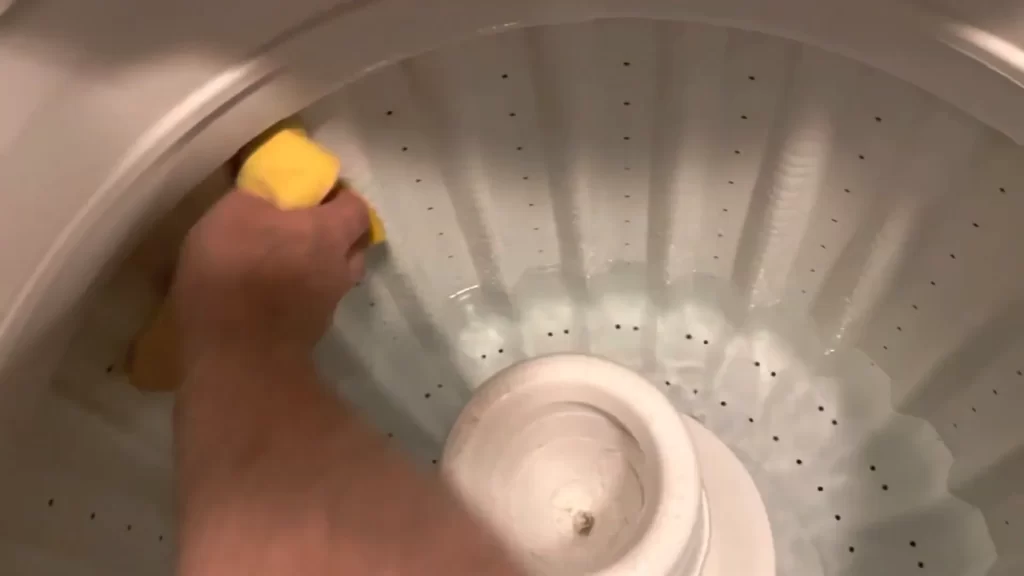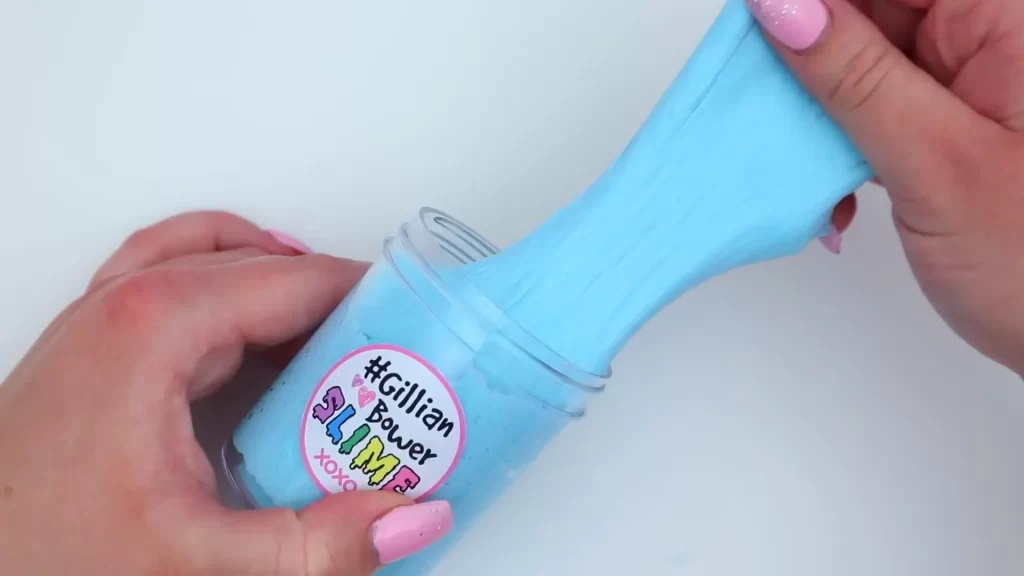Ultimate Guide to Refreshing Your Washing Machine
Keeping your washing machine clean is essential for maintaining its performance and longevity. If you’ve noticed any unpleasant odors or if your clothes aren’t coming out as fresh as they used to, it’s time to give your machine a thorough cleaning.
In this DIY how to clean washing machine guide, we’ll walk you through the process of cleaning your washing machine using common household items like baking soda and vinegar. This method is effective and easy, making it perfect for regular maintenance.
Step 1: Gather Your Supplies 🧽
Before you start, make sure you have the following items on hand:
- Baking Soda: A natural deodorizer and mild abrasive.
- Distilled white vinegar: Great for breaking down grime and odors.
- Measuring Cup: For accurate measurements.
- Cloth: To wipe down surfaces.
Step 2: Start with Baking Soda 🧴
The first step in your cleaning process is to use baking soda. This will help to scrub away any built-up residue and deodorize the machine.
- Take a full box of baking soda and empty the entire contents into the washing machine drum.
- If your machine has a tub clean mode, select it. If not, set your washing machine to the hottest setting.
- Run a full wash cycle. The baking soda acts as a mild abrasive that cleans and deodorizes the inner drum.
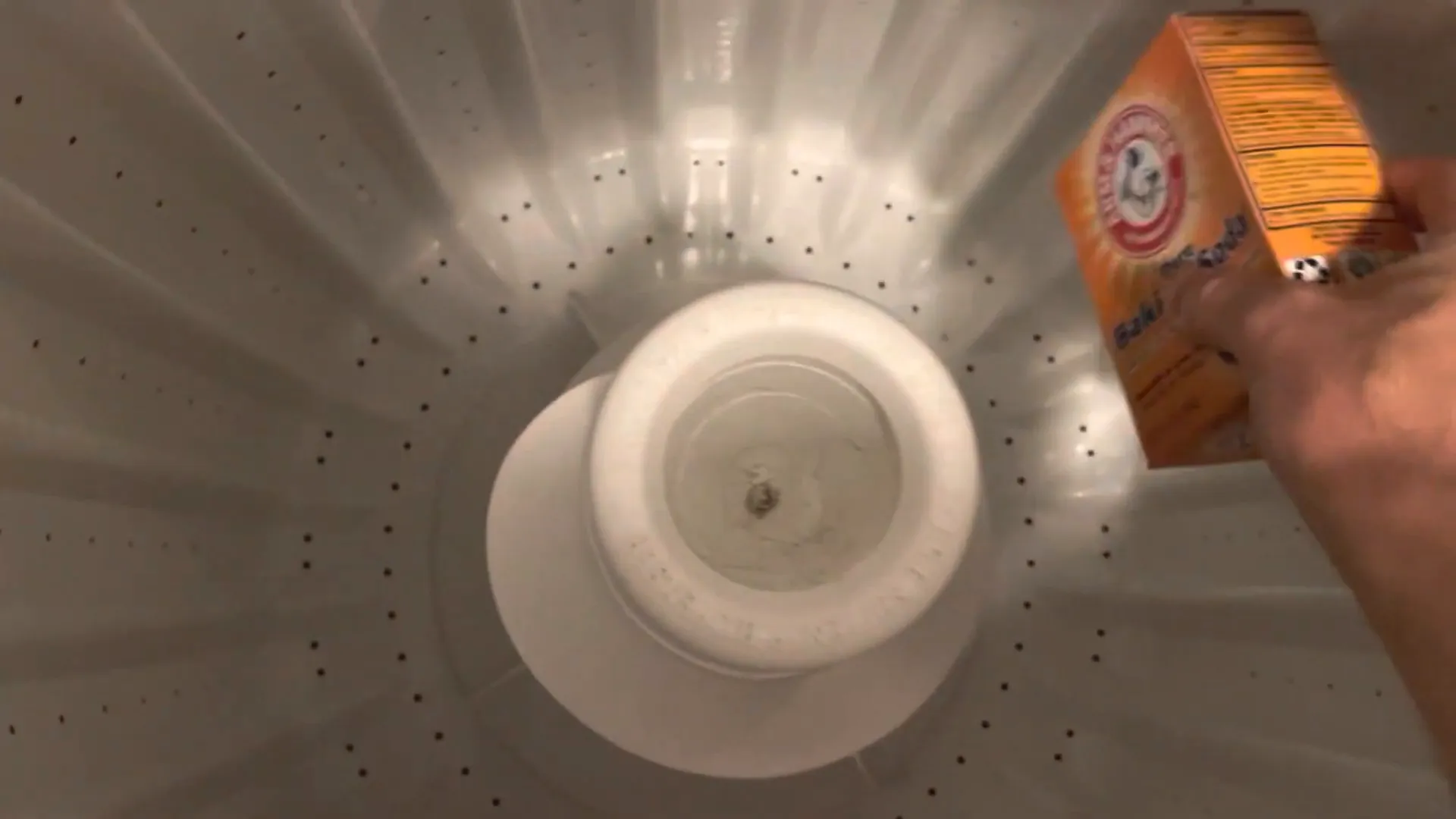
Step 3: Clean with Vinegar 🍶
After the baking soda cycle, it’s time to use vinegar to tackle any remaining odors and grime.
- Measure out two cups of distilled white vinegar.
- Once the water in the machine fills up, add the vinegar directly to the drum.
- Again, run the machine on the hottest setting. This will help to break down any stubborn deposits and eliminate odors.

Step 4: Scrub Hard-to-Reach Areas ✋
While the vinegar is working its magic, take your cloth and dampen it with the vinegar solution. Use this to wipe down any areas that the water may not reach, such as:
- The top rim of the washing machine.
- Underneath the agitator (if applicable).
- The fabric softener dispenser and bleach holder. These areas often accumulate grime and mold.
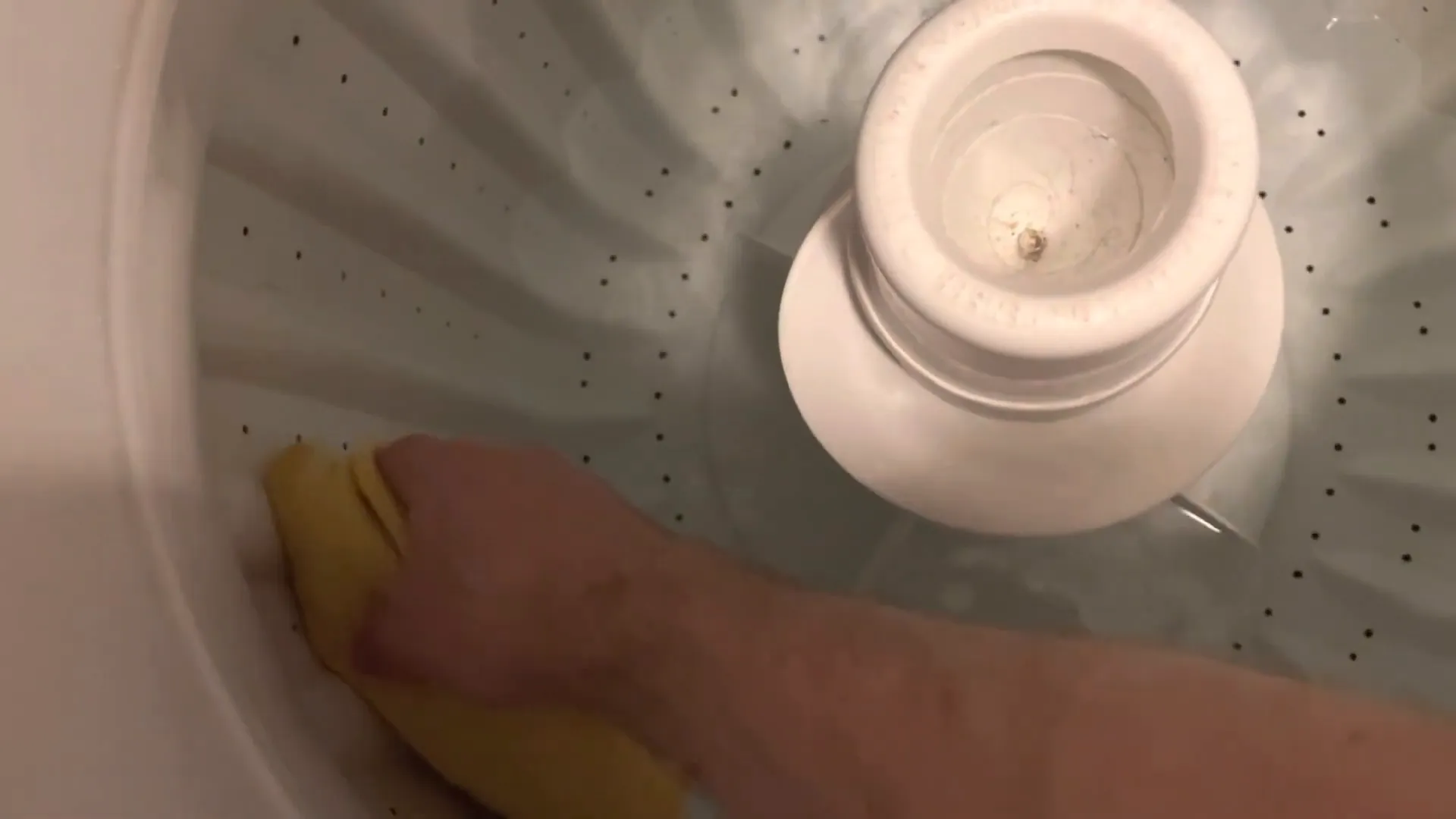
Step 5: Allow to Soak and Finish the Cycle ⏳
After you’ve scrubbed the surfaces, allow the vinegar and water mixture to sit in the drum for a few minutes before closing the lid and letting the cycle finish. This soaking time helps to loosen any stubborn residues.
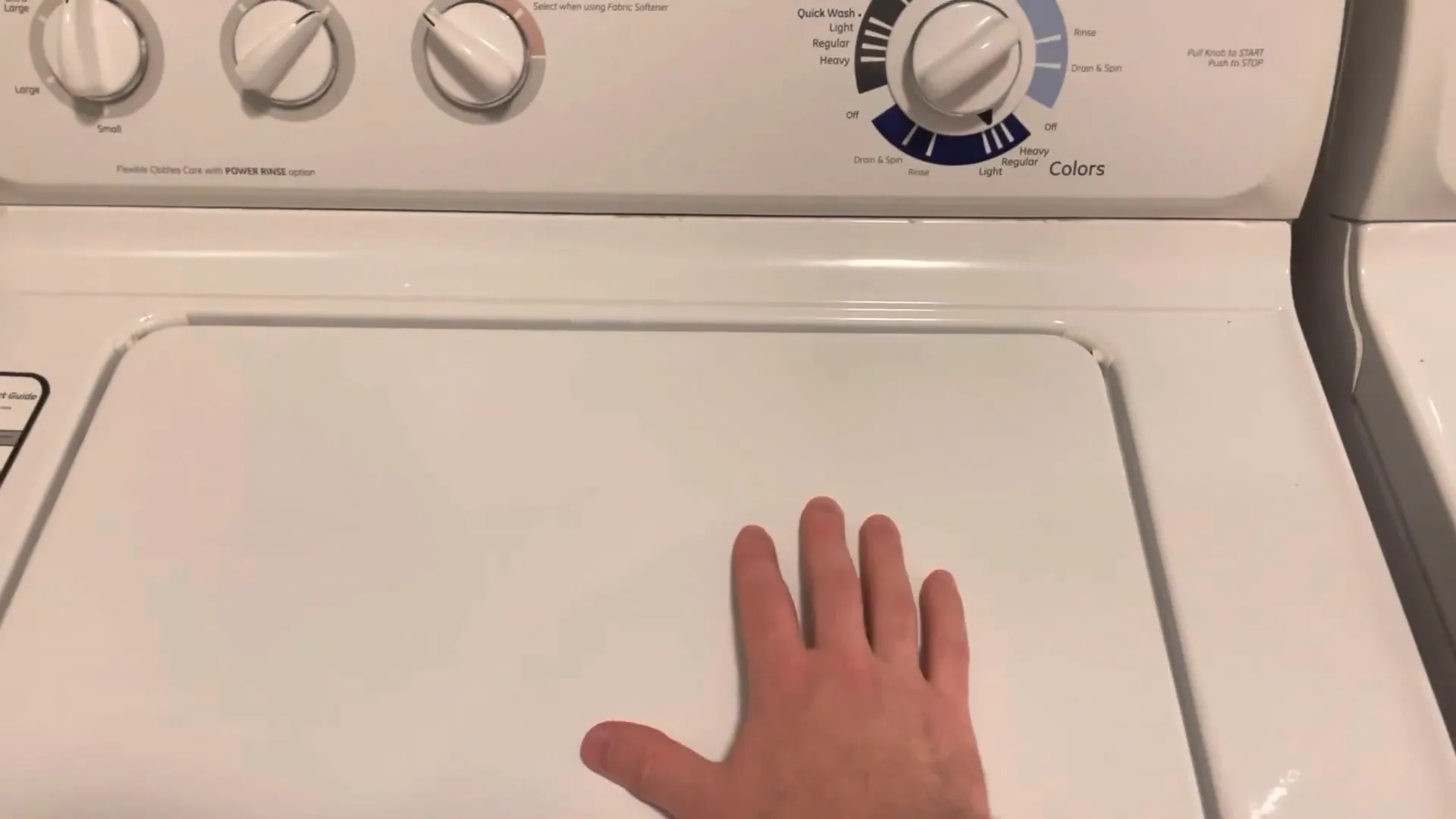
Step 6: Leave the Door Open 🚪
Once the cycle is complete, it’s important to leave the washing machine door open for a while. This allows any remaining moisture to evaporate, preventing mold and mildew growth.

Step 7: Clean the Filter (If Applicable) 🔧
If you have a front-loading washer, check for a filter that can be cleaned. Follow these steps:
- Open the door and locate the filter (usually at the bottom).
- Drain any excess water from the hose.
- Remove the filter and rinse it under running water.
- Reinstall the filter and close the door.
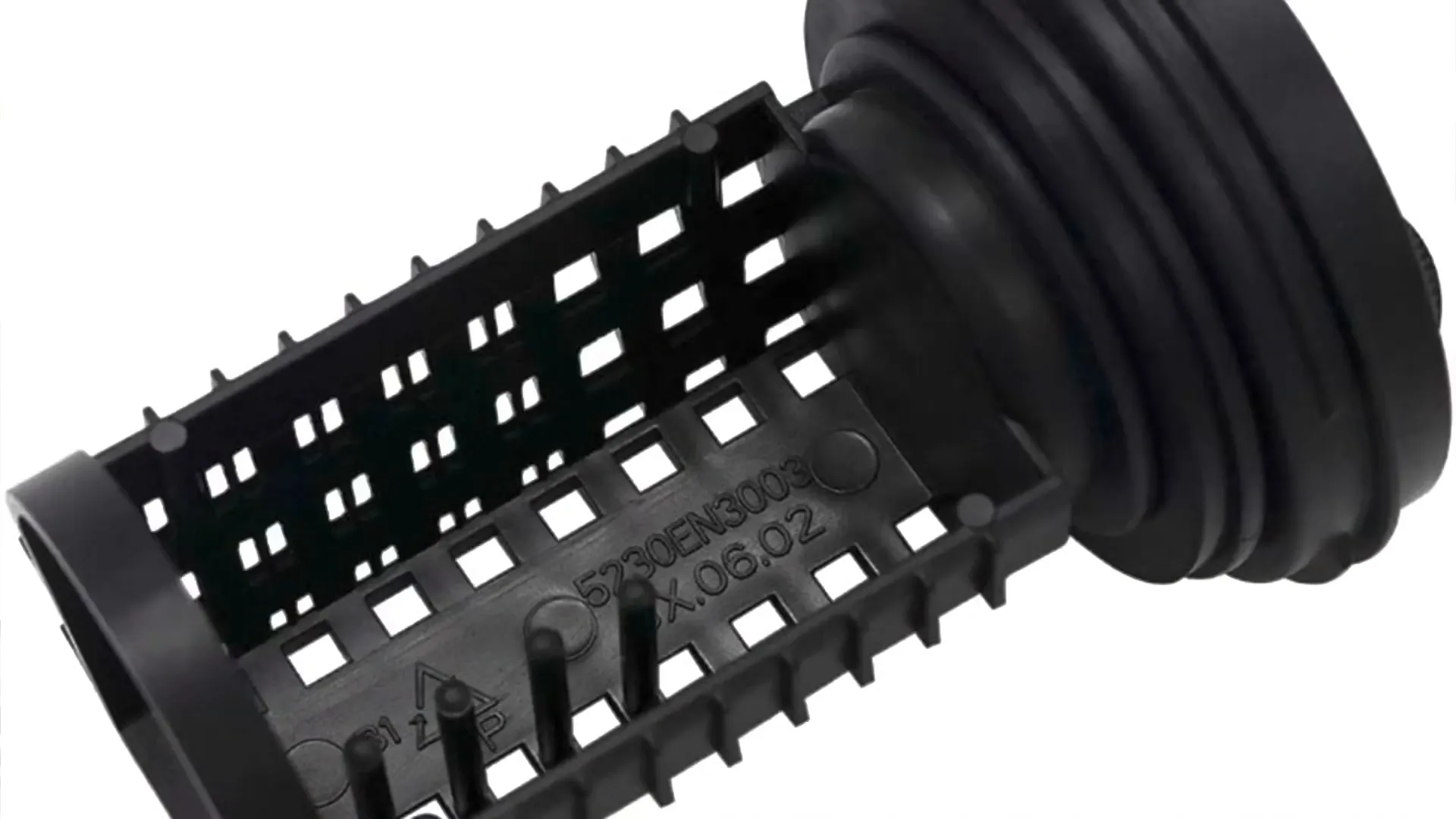
Step 8: Frequency of Cleaning 📅
To keep your washing machine in top shape, aim to clean it every two to three months. If you notice any odors or if your laundry isn’t coming out fresh, don’t hesitate to perform this cleaning routine sooner.
Conclusion
By diligently following these detailed steps, you can maintain your washing machine in peak condition, ensuring it operates smoothly and efficiently. A machine that is regularly cared for will consistently produce fresher, cleaner laundry with each wash. Not only will regular maintenance enhance the performance of your appliance, but it will also significantly extend its lifespan, allowing you to enjoy its benefits for years to come. Embrace these practices for a more effective and rewarding laundry experience. Happy cleaning!
FAQs About Cleaning Your Washing Machine ❓
How often should I clean my washing machine?
It’s recommended to clean your washing machine every two to three months, but if you notice any odors, do it sooner.
Can I use other cleaning products instead of vinegar and baking soda?
While vinegar and baking soda are effective and natural options, you can use commercial washing machine cleaners. However, they may contain harsh chemicals.
What if my washing machine still smells after cleaning?
If odors persist, check for trapped items or residue in the filter and dispenser. You may also need to run a second cleaning cycle with vinegar.
Is it safe to use vinegar in my washing machine?
Yes, vinegar is safe for most washing machines and helps to break down residues and odors.
Can I clean a front-loading washer the same way?
Yes, the process is similar, but ensure you also check and clean the filter located at the bottom of the machine.
